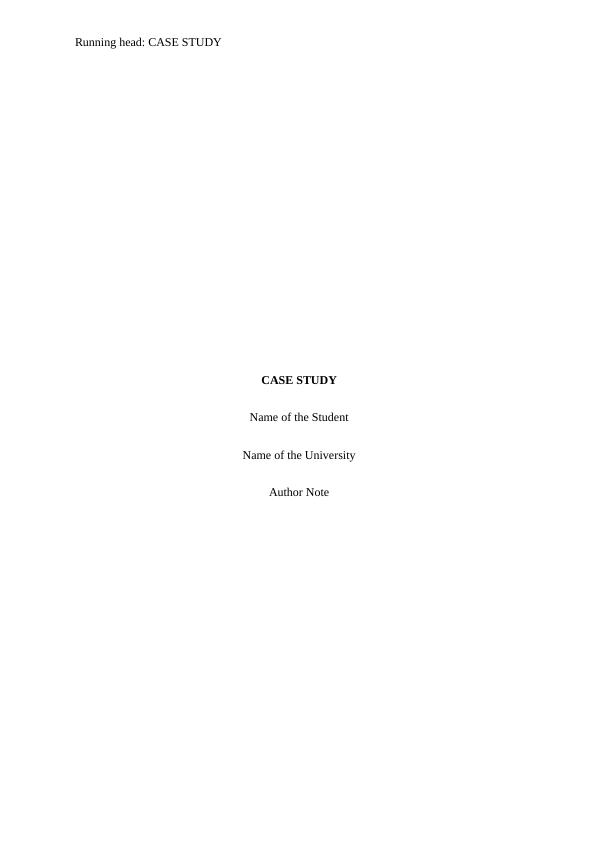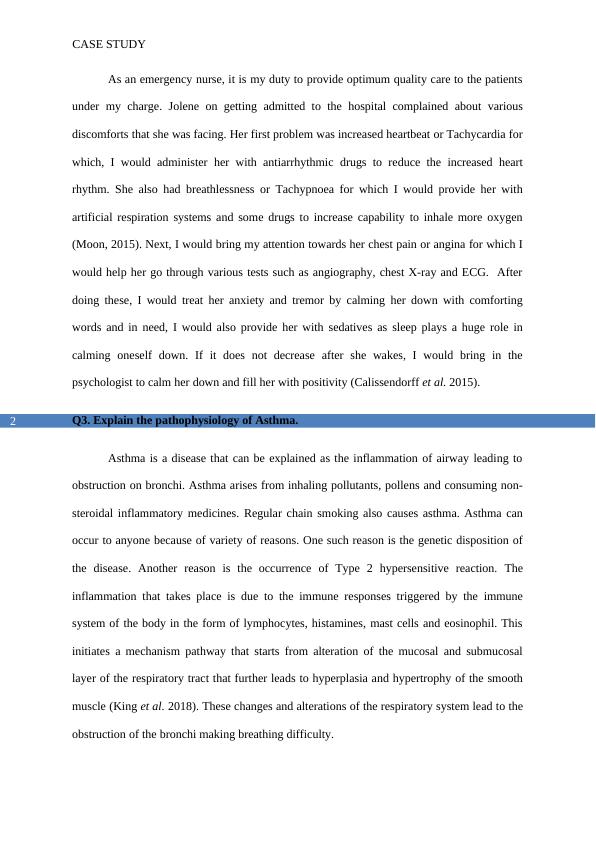Assessment Center Case Studies Practice
Integrate and apply knowledge of pathophysiology and safe administration of medication to a patient scenario.
9 Pages2624 Words16 Views
Added on 2022-09-07
Assessment Center Case Studies Practice
Integrate and apply knowledge of pathophysiology and safe administration of medication to a patient scenario.
Added on 2022-09-07
ShareRelated Documents
End of preview
Want to access all the pages? Upload your documents or become a member.
Questions-Answers on Drug Therapy | Study
|11
|2569
|22
NUR231 Case Study Response Template
|8
|2455
|10
Case Study: Safe Clinical Administration of Patient.
|10
|2689
|13
Pathophysiology of Asthma and Graves’ Disease
|8
|2257
|65
Medical Health | Assignment
|8
|2319
|21
Case study response template
|10
|2613
|16



